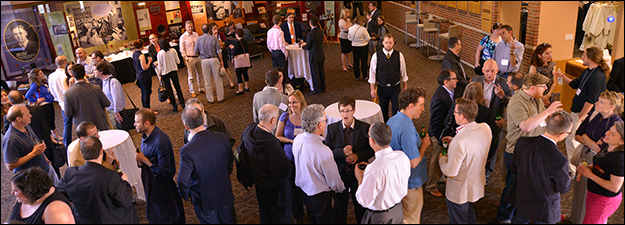Evidence of Bodies in Medieval and Renaissance England: Wombs, Wounds, and Words I
Sponsoring Organization(s)
Rocky Mountain Medieval and Renaissance Association
Organizer Name
Jennifer McNabb
Organizer Affiliation
Western Illinois Univ.
Presider Name
Thomas P. Klein
Presider Affiliation
Idaho State Univ.
Paper Title 1
Dismemberment as Judicial Punishment in Tenth- to Twelfth-Century England: An Examination of the Changing Practices of Decapitation, the Removal of Limbs, and Castration across the Norman Conquest
Presenter 1 Name
Alyxandra Mattison
Presenter 1 Affiliation
Univ. of Sheffield
Paper Title 2
Bringing Up the Bodies: Evidence in Late Medieval and Renaissance English Church Courts
Presenter 2 Name
Jennifer McNabb
Paper Title 3
Bodies of Evidence: Relieving Wounded Soldiers in Early Modern England
Presenter 3 Name
Abby E. Lagemann
Presenter 3 Affiliation
Univ. of Colorado-Boulder
Start Date
16-5-2015 1:30 PM
Session Location
Schneider 1280
Description
A pair of sessions sponsored by the Rocky Mountain Medieval and Renaissance Association (RMMRA) takes as their focus the role played by the body as an historical and historicized category of evidence in a variety of medieval and early modern texts. In this session, historical documents illuminate the ways in which the body served as a locus of intense social, sexual, and legal anxieties. These records from medieval and Renaissance England reveal the body as both a physical reality and a theoretical concept, subject to continual contestation and redefinition.
J. McNabb
Evidence of Bodies in Medieval and Renaissance England: Wombs, Wounds, and Words I
Schneider 1280
A pair of sessions sponsored by the Rocky Mountain Medieval and Renaissance Association (RMMRA) takes as their focus the role played by the body as an historical and historicized category of evidence in a variety of medieval and early modern texts. In this session, historical documents illuminate the ways in which the body served as a locus of intense social, sexual, and legal anxieties. These records from medieval and Renaissance England reveal the body as both a physical reality and a theoretical concept, subject to continual contestation and redefinition.
J. McNabb

